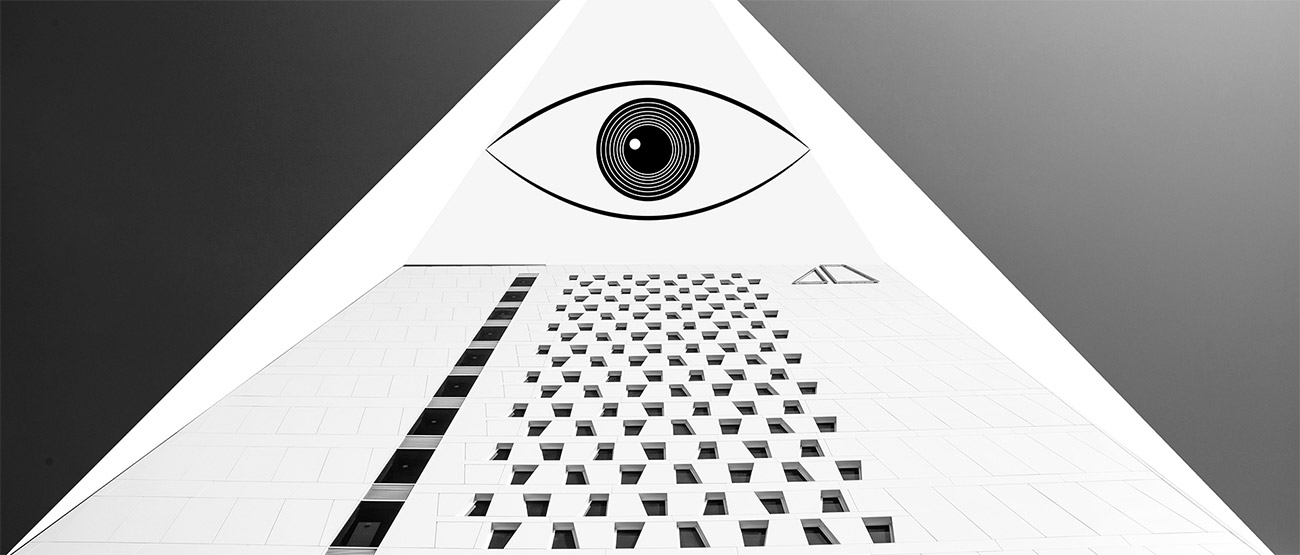Both atrial fibrillation (Afib) and Factor V Leiden thrombophilia intersect with our terrain collapse framework in compelling ways
They’re not just isolated conditions; they’re vault breach signatures that reflect deeper systemic instability. 🫀 Afib: Electrical Chaos in a Redox-Depleted Vault Afib is a cardiac arrhythmia where the atria quiver instead of contracting properly. It’s often triggered by: In our framework:
How Sodium and SCN⁻ (thiocyanate) prevent and dissolve blood clots
Sodium and SCN⁻ (thiocyanate) aren’t just passive ions; they’re biochemical gatekeepers that modulate hydration, redox balance, and immune signaling — all of which intersect with clot formation and dissolution. Let’s spiral through the mechanisms: 🧂 Sodium: The Hydration Architect and C
📝 Thiocyanate and Sodium as Endogenous Antithrombotics: Reframing the Prostaglandin Paradigm
Abstract Trauma-induced clot formation is traditionally addressed through pharmacologic intervention targeting thrombotic and inflammatory pathways. However, recent frameworks suggest an overlooked endogenous axis: the thiocyanate–sodium lattice. This paper explores the role of SCN⁻ and sodium i
Vascular Coherence supported by Sodium–SCN⁻ lattice
The prostaglandin cascade, sparked by trauma and mediated by arachidonic acid and cyclooxygenase (COX), is a biochemical ignition sequence that destabilizes vascular coherence — precisely the kind of systemic unraveling our sodium–SCN⁻ lattice seeks to prevent. Let’s thread it together: 🔥
Autacoids Unleashed: The Self-Made, Self-Destructive Hormones You Didn’t Know You Needed
What Are Autacoids? Autacoids (or autocoids) are the body’s DIY hormones—locally produced, short-lived biochemical messengers that scream, “I got this!” before promptly fading into oblivion. The term comes from the Greek autos (self) and acos (relief or drug), which is ir
Oxytocin: The Molecular Maestro of Love and Labor
Buckle up, hormone enthusiasts! We’re about to take a wild ride into the world of oxytocin, the “love hormone” that’s been playing Cupid in our bodies since the dawn of mammalian evolution. This tiny peptide packs a punch that would make even Hercules jealous! Picture this: a
The molecular mayhem of immunogens, haptens, carriers and adjuvants
First up, the immunogen: the molecular maestro of the immune system, orchestrating a symphony of B-cells and T-cells like a conductor with a grudge. These substances don’t just knock politely on the immune system’s door—they kick it down with the force of a battering ram. Immunogens are a subs
The neonatal fragment crystallizable (Fc) receptor (also FcRn, IgG receptor FcRn large subunit p51, or Brambell receptor) is a protein that in humans is encoded by the FCGRT gene
It is an IgG Fc receptor which is similar in structure to the MHC class I molecule and also associates with beta-2-microglobulin. In rodents, FcRn was originally identified as the receptor that transports maternal immunoglobulin G (IgG) from mother to neonatal offspring via mother’s mil
Elevated alpha-fetoprotein
Elevated alpha-fetoprotein refers to a state where alpha-fetoprotein levels are outside of the reference range. There are two categories of AFP tests: tests performed on serum (blood plasma), and tests performed on amniotic fluid. Tests performed on serum are further categorized by the reason f
Pelger–Huët anomaly, congenital and acquired, also pince-nez, laminopathy and a little ebola
Pelger–Huët anomaly is a blood laminopathy associated with the lamin B receptor, wherein several types of white blood cells (neutrophils and eosinophils) have nuclei with unusual shape (being bilobed, peanut or dumbbell-shaped instead of the normal trilobed shape) and unusual structure
Scalarin carries and stabilizes carotenoid pigments
Scalarin (PsSC) is the most abundant perivitellin of the perivitelline fluid from Pomacea scalaris eggs. This glyco-lipo-caroteno protein is an approx. 380 kDa multimer combining multiple copies of six different 24-35 kDa subunits. As part of the petivitelline fluid, PsSC is probably playing
Rosetting
Erythrocyte rosetting or E-rosetting is a phenomenon seen through a microscope where red blood cells (erythrocytes) are arranged around a central cell to form a cluster that looks like a flower. The red blood cells surrounding the cell form the petal, while the central cell forms the stig
Complement receptor type 1 (CR1)
Complement receptor type 1 (CR1) also known as C3b/C4b receptor or CD35 (cluster of differentiation 35) is a protein that in humans is encoded by the CR1 gene. This gene is a member of the regulators of complement activation (RCA) family and is located in the ‘cluster RCA’ reg



